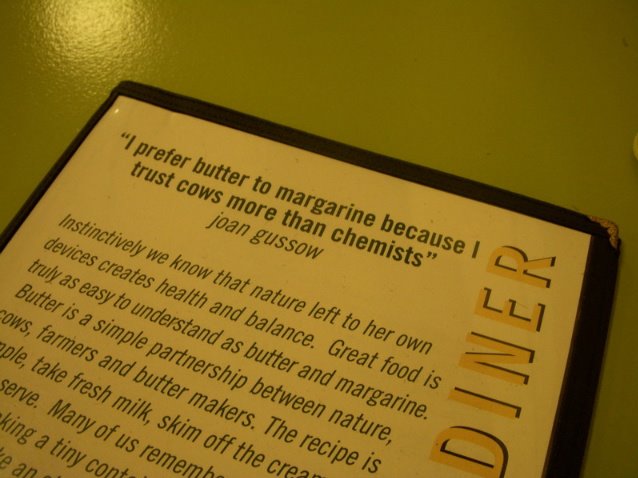Transhumance refers to the seasonal movement of herds of cows, goats, or flocks of sheep between highlands and lowlands in various alpine regions across Europe. This epiphenomenon of alpine pastoral agriculture occurs elsewhere in the world - like in the Himalayas - but goes locally by other names. Essentially, transhumance is a type of semi-nomadism that still exists today. It's also a helluva good idea, says Mother Earth.
Transhumance distinguishes various dairying cultures across Europe - exemplary in the Swiss and French Alps, the Pyrenees, and the Pindos in Greece, which have all produced world-famous cheeses. Villages that developed and relied on traditions of transhumance were often isolated in narrow valleys surrounded by high mountains, where there was limited arable land, short growing seasons and long, harsh winters. Increasing privatization of common lands (= less access to common pasture) pressured peasants to seek non-local areas to graze their herds during the critical summer months; moving animals to higher grasslands during this short seasonal window proved to be a practical resource management system.
Typically, many families would combine their cow, sheep or goat herds and several villagers were chosen each spring to shepherd the animals up into the mountains for the summer. Hut systems were established that enabled herdsmen to basically practice a large-scale version of rotational grazing, trekking from one hut to another every few weeks or so.
I'm in ur hutz, makin' ur cheezes.
The critical part was this: Summer is traditionally lactation time for ruminants in all places Northernly (Nature likes it that way; that's when the grass makes the best eatin') so naturally these animals had to be milked every day. This milk they were producing from lush, perennial grasses was VERY valuable to people who were faced with killing frosts and feet upon feet of snow for the greater part of the year. So how do you distill milk to its calorie-dense essence? You make cheese, of course! And boy, were they faced with a challenge in that respect; the cheese had to be long-lived, to endure the summer and be edible the following winter for the villagers, and had to be physically durable to endure the nomadic travel patterns of the herdsmen. Also, these guys didn't have ready or easy access to salt -- that stuff was expensive when you were far away from the ocean and up in the high country. So these cheeses really had to be endowed with superpowers, because they had to be designed in lieu of the salt that so many of the world's hard cheeses relied on for their development.
Transhumance is still part of rural culture in parts of Europe, and constitutes bi-annual community celebrations where it survives. Sending the animals up into the mountains is sowing the seeds, and welcoming their return - along with cartloads of yummy cheese - is reaping the harvest. See, it's kind of like bee-keeping, only with huge, cloven-hoofed beasts. You send them away, along with a chaperone or two, to graze distant lands and turn faraway green things into milk - which is ecologically analogous to honey, dontcha know...
Many cheeses you know and love were brought to you by the transhumantes. Gruyere, Emmental, Comte... omg, I just drooled a little bit.
The part of my brain that's been assimilated is tugging on my sleeve currently, urging me to note that "transhumance" is phonetically similar to "transhuman". Of course, Transhumanism is not actually etymologically related to "transhumance", but being a student of all things cybernetíque, I cannot completely ignore the crypto-synchronism of these words. Transhumanism is a school of thought that promotes the human body as an open-ended organic machine that can be potentially modified and enhanced by various biotechnologies, and posits that in fact this project is exactly what we should invest our intellectual capital on. Transhumanism theoretically enlists the services of nanotechnology, brain-machine interfacing, robotics, and in the case of the Extropian movement, research on indefinite human life extension. If my vote matters, I'd rather be more like the Predator than the Borg. Just sayin'!
So what does Transhumanism have to do with transhumance? Probably nothing other than this blog entry. What do cyborgs have to do with agrarianism? If I could answer that, then there'd be nothing to blog about.
So if you think of anything, let me know. :P
Here's a clip of a news story about transhumance in France. Yes, it's in French, but you're pretty much seeing what they are talking about - the living tradition.
Here's a cool clip of cows making the journey to greener pastures in the French Alps.
Just so we don't get too carried away - some people just truck their animals up to the highlands in 18 wheelers. lol. But let's take heart in the fact that these animals will continue to have legs, and will continue to be able to eat green things and make milk, meat and fiber from them. The future does not look quite as bright for 18 wheelers.


